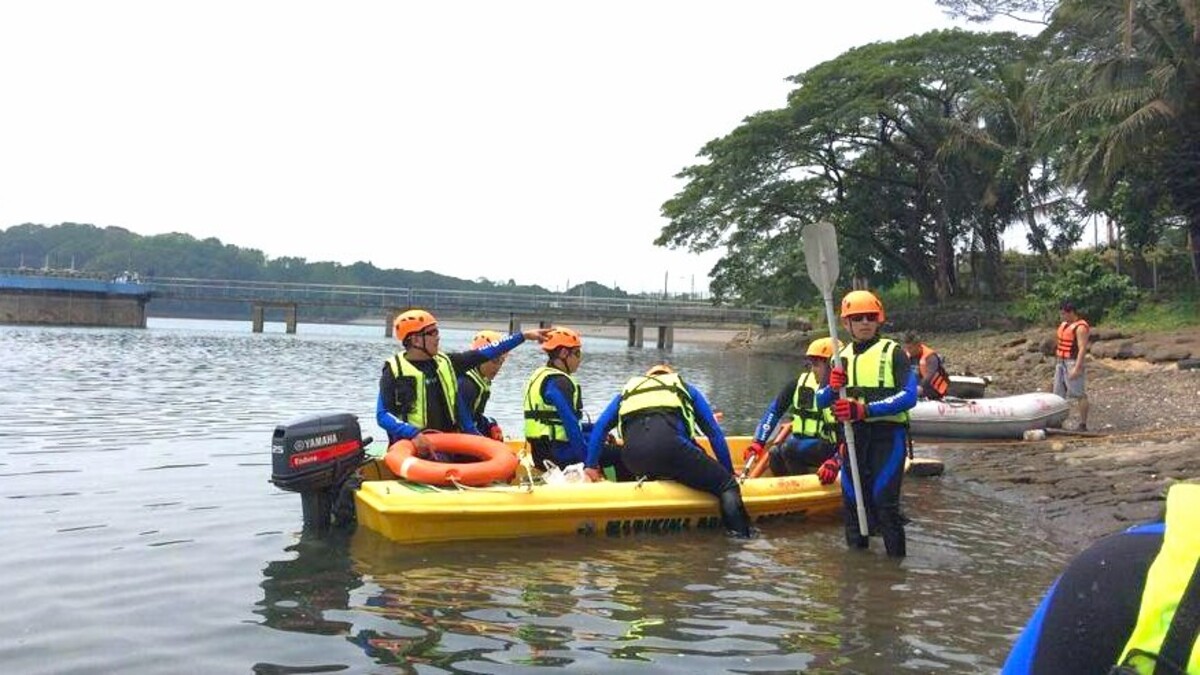
(SPOT.ph) Next to being the Shoe Capital of the Philippines, Marikina City is known for its rather unfortunate susceptibility to flooding. This geographic disadvantage of being near the Marikina River means that when heavy rains pour, the water has nowhere to go but into streets and homes. It’s a tale as old as time for residents of Marikina City.
Because of this, the city has emerged as a pioneer in disaster risk reduction and management (DRRM). Through early warning systems and community training programs, Marikina has developed strategies to shield its populace from the worst effects of annual floods. To understand these efforts fully, SPOT.ph spoke with DRRM Office Head Dave C. David, who has been instrumental in steering the city through many of its most challenging crises.
Disaster risk reduction and management in Marikina City
A head start
Marikina is what David calls a “natural catch basin.” It sits in a valley bordered by the Sierra Madre mountain range to the east and the Quezon City hills to the west. This low geographical setting means that heavy rainfall can lead to significant runoff from the mountains, causing the Marikina River to swell and overflow.
“Marikina is surrounded by mountains,” says David. “Wala pang climate change, binabaha na kami.”
Historically, Marikina has faced severe flooding events, with Typhoon Ondoy in 2009 being one of the most catastrophic. The typhoon caused unprecedented rainfall, leading to massive flooding that overwhelmed the city’s infrastructure, submerged thousands of homes, and resulted in significant loss of life and economic damage. During this event, over 450 millimeters of rain fell in just 24 hours—roughly equivalent to a month’s worth of rainfall in the region. This gave rise to Rescue 161, the government emergency response and rescue unit of the city.
“Na-realize naming noong Ondoy that the government cannot do it alone. Kahit gaano kayaman, kahit gaano kaunlad, kahit gaano ka-prepared. There is no such thing as ‘We are ready,'” David says. “We always prepare for the worst.”
Pre-, during, and post-operations
Which brings us to now.
“Ang unique with us is we already established a protocol in our years of experience with floods,” David explains. This includes an early warning system, camp management protocol, dissemination of information, and the prepositioning of goods before a storm hits. For the rest of the country, a DRRM law would only be established a year after the devastation of Typhoon Ondoy.
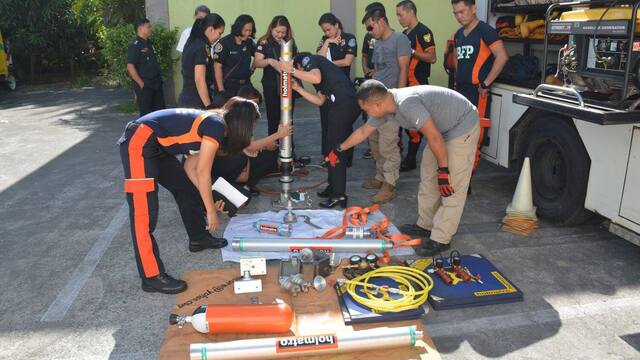
PHOTO BY Facebook/Marikina City Rescue 161
All the praises go to the early warning system in Marikina, which is an installation of water level monitoring stations along the Marikina River to provide real-time data that can trigger early evacuations. The process goes like this: PAGASA provides updates about the weather system, then the Marikina local government unit starts monitoring a possible storm.
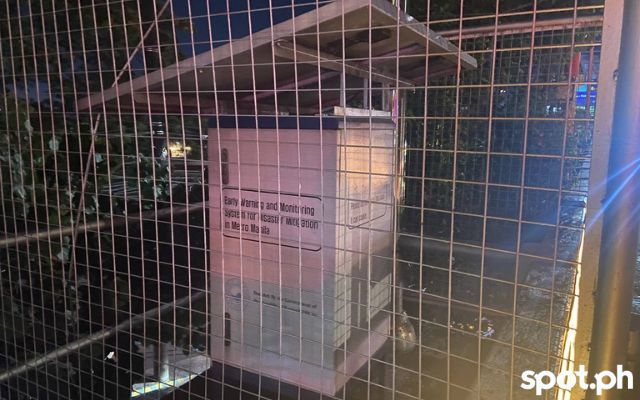
PHOTO BY Clara Rosales
When the water level reaches 15 meters above sea level, the first alarm rings. People in low-lying areas are asked to prepare for a possible evacuation, even without visible flooding. Evacuation centers open, sirens are put in order, and information dissemination via a live feed camera is shot through social media. Marikina City Rescue 161 has almost 200,000 thousand followers on Facebook for this reason, which comprises more than half of the city’s population.

PHOTO BY Clara Rosales
According to David, there are over 50 evacuation centers in Marikina, with additional camps on standby. Each residential area has a designated evacuation center where a family has to “check in” like one would at a hotel. You will be given an assigned room, with lunch and dinner arriving on time. Educational drills were frequent in Marikina to ensure everyone was in on the protocols. “Even a 10-year-old knows saan siya pupunta, kahit wala parents niya sa bahay. Na-identify na namin yun.”
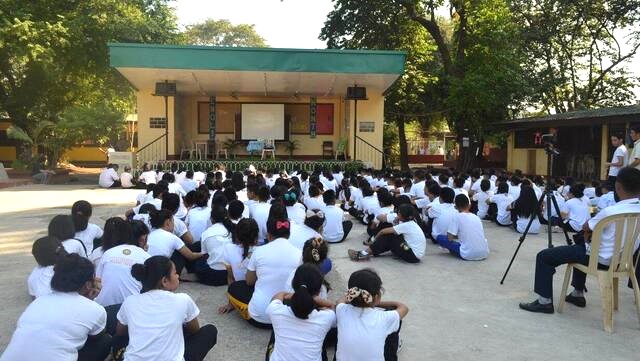
PHOTO BY Facebook/Marikina City Rescue 161
There is still no visible flooding during the second alarm, but people are asked to evacuate nevertheless. It is by the third alarm when force evacuation happens—not that the people need convincing. Marikina was so exhausted of the flooding that by the time proper protocols came into place, they were more than ready to follow.
“Di na namin sila kinakailangan i-convince, pumupunta na sila sa evacuation center,” David said. “Alam na nila yung vulnerability ng lugar nila.”
You might be wondering how this kind of engagement is possible, given what we know about the state of rescue and relief operations in the Philippines. Pause for a second to think about what an evacuation center looks like. Is it messy, crowded, with hundreds of families sleeping on cardboard on the floor? That used to be the norm with DRRM in the country—until it wasn’t. In 2017, modular tents were placed in Marikina’s evacuation centers to provide humane living conditions with privacy for each family. Each evacuation center can fit 50 modular tents, then each modular tent can house five to ten people.

PHOTO BY Facebook/Marikina City Rescue 161
This ease of comfort in evacuation centers is one thing the DRRMO is bent on providing.
“Dapat hindi mawala sakanila ‘yun kahit displaced sila. Ginawa ng taong bayan yung part nila, so ano naman part ng gobyerno? Alagaan ang lumikas,” David said.
Inside the evacuation centers, David said the set-up is reminiscent of a hotel. Government officials act as camp manager, the Philippine National Police (PNP) as security personnel, doctors and nurses as medical personnel, firemen as distribution, the Department of Student Welfare and Services (DSWD) for food and non-food items, teachers for psychosocial activities like film showing and reading sessions. Heck, even librarians are assigned a special task. “Up to the smallest personnel, may kaniya-kaniya kaming tasking. Hindi siya trabaho lang ng DRRM.”
If it does not end up flooding, people are free to go back home the next day. If it does end up flooding, a post-recovery team will help clean up rows of muddied houses. Every department has a hand in operations in what David calls the “whole of society approach” where “everyone of us has a role.”
“Na-institutionalize namin ‘yung role ng bawat stakeholder. Dahil defined na ‘yung role mo, automatic na ‘yung gagampanan mo. Madami rin malaman sino hindi nag-aaccomplish ng role nila,” David said.
Continuous improvement
DRRM in Marikina has significantly evolved since the devastating Typhoon Ondoy, having learned from past experiences.
For example, the prepositioning assets was a learned practice that only emerged as a response to what happened in Typhoon Ondoy. David shared: “Cars, boats… 80% of our equipment was submerged, so 80% of our capabilities ay hindi namin ma-utilize. Isa sa malaking lesson namin ‘yun. How can you move without these proper tools? Even our command center at that time flooded. Paano ka magmomobilize?”
In response, Marikina has made strategic adjustments. Boats are no longer stored in offices but are now placed at potential staging areas for boat rescue. It’s a fairly minor change, but David considers it one of the biggest improvements in Marikina’s DRRM practices since then.
“We adjust according to our experiences,” David said. This philosophy is evident as the DRRMO remains proactive throughout the year. Engineering and societal interventions are implemented during the dry season. Construction along the river is underway as part of Marikina’s initiatives to upgrade infrastructure, which includes repairing pipelines and regular dredging to prevent the river from overflowing when it does rain.
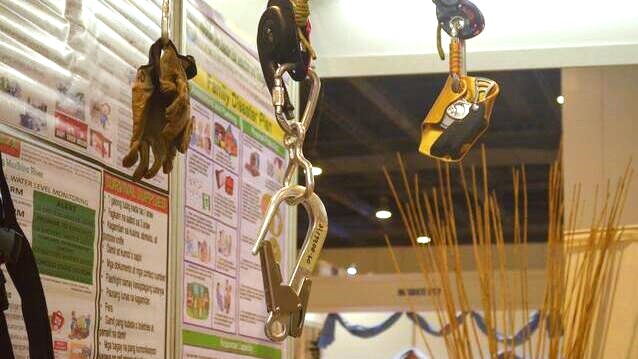
PHOTO BY Facebook/Marikina City Rescue 161
Such improvements were felt when Typhoon Ulysses arrived in 2020. The result was far from perfect, but it had timelier evacuations and less lives lost compared to what the city experienced in the wake of Typhoon Ondoy. Better coordination also gave way to faster recovery efforts.
In refusing to sink, Marikina has not only managed to weather the storms but also set a course for others to follow—and it’s not just thanks to the local government unit.
“Hindi ‘to because of magaling ‘yung namumuno sa Marikina. Holistic din—’yung programs na i-implement namin ay pina-participate ng communities,” David said.
News Related-
Recall Just Announced For Popular Cookies Featured In Holiday Gift Baskets
-
Eagles rally past Bills in overtime as Chiefs win
-
Reality bites the green energy agenda
-
Sandigan orders Marcos Sr. pal to pay workers
-
DSWD: Shear line, LPA affect 1.2 million people; over 18,000 families evacuated
-
The mayor of Paris is making a loud exit from X, calling the platform a 'gigantic global sewer'
-
Rain showers, thunderstorms over Luzon, including Metro Manila — Pagasa
-
'Naruto' live-action film adaptation is in the works
-
NASA Highlights Stingray Nebula
-
Manila's Lagusnilad underpass opens
-
China probes debt-ridden financial giant
-
China's VUCA situation
-
Unraveling the mystery that is diabetes
-
Bangladesh's nuke plant is not going to steal PH investments
